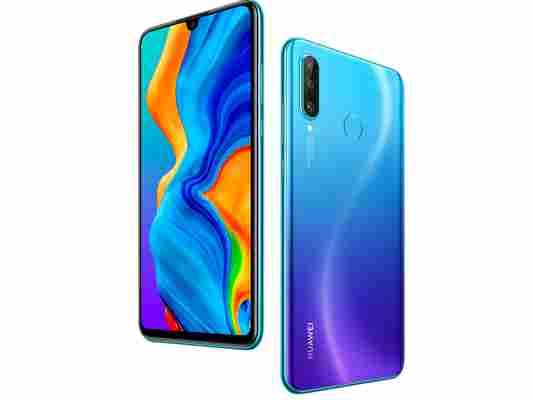The P30 Lite’s triple-camera is comprised of three different lenses: a 48 MP wide-angle lens, an 8 MP ultra-wide-angle lens, and a 2 MP telephoto lens. The latter is used mainly for collecting depth-of-field information in order to add a third dimension to the otherwise flat photos, which resulted in a more or less acceptable bokeh effect.

The 48 MP main camera comes with a wide-open aperture of f/1.8, which means that it was still sufficiently light sensitive even in the dark. We were unable to find out what sensor Huawei uses as this information is not listed in the specs and Huawei failed to answer our inquiries. If we are not mistaken the only two possible sensors are either Sony’s IMX586 or Samsung’s Isocell Bright GM1.
Huawei refers to the P30 Lite as photography masterpiece, however we found photo quality to be similar to other mid-range smartphones. The level of noise increased significantly with fading light, and photos suffered from visible artifacts and blur. In return, daylight photos turned out very well, regarding both details and color accuracy. Overall, the photos turned out somewhat pale but very natural.
When using the ultra-wide-angle lens with its f/2.2 aperture photos suffered very quickly from fading light. The distortions on the sides caused by the ultra-wide angle were very noticeable in the camera app but not nearly as bad in the photos themselves. Photos quickly lacked contrast and dynamic range with activated zoom mode, which resulted in a loss of details in situations with a high dynamic lighting range.
The 24 MP front-facing camera with an aperture of f/2.0 produced decent photos overall. In daylight, selfies tended to overexpose occasionally but never lacked focus or details given sufficient distance between the lens and the object in question.
Videos shot with the front-facing camera were recorded in FHD resolution at 30 frames per second. The rear-facing camera recorded videos in 1920 x 1080 at 60 FPS but was incapable of recording in 4K.
